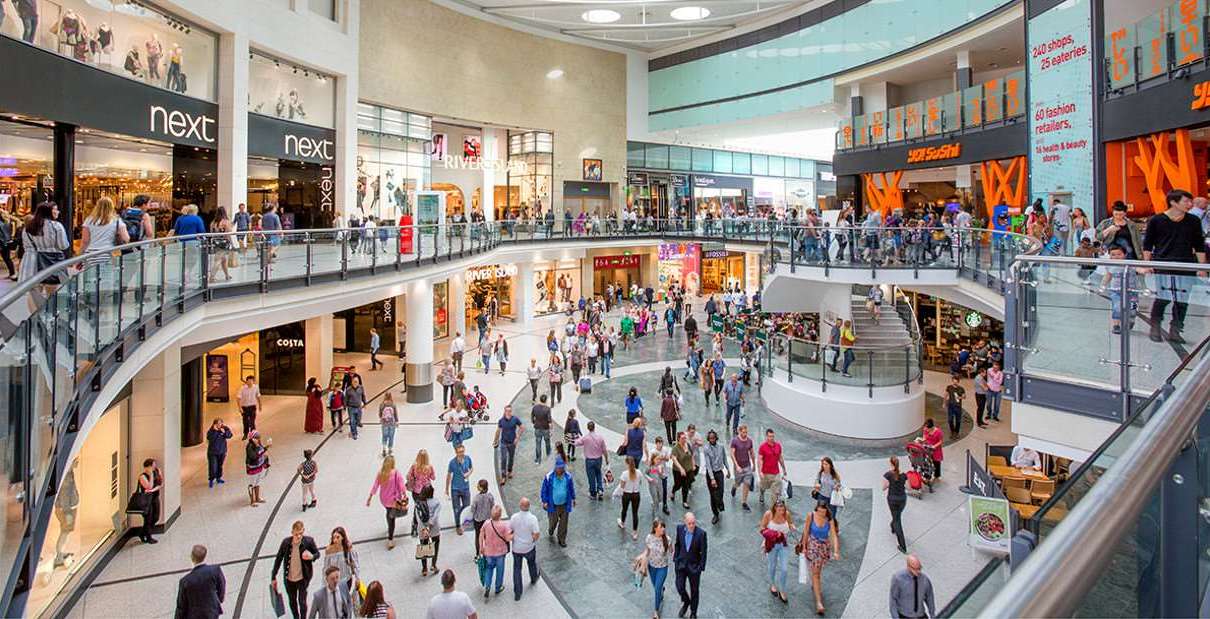Retailers have spent the last year continuing to shed their reputation for being conservative adopters of tech. As customer behaviors change and shoppers insist on seamless digital experiences in all aspects of their lives, retailers have been responding.
1. Personalization
Greater personalization was a key goal for most retailers in 2018 with many now looking to succeed in the realm of hyper-personalization (in fact 10% of US and UK retailers already have a strategy in place already). One example featured on blog Big Data Made Simple is Macy’s ability to analyze multiple data points from store, warehouse, onsite kiosk, customers to determine which products are most suitable for specific locations. It also collects and analyzes enough customer data to be able to offer targeted point of sale incentives.
2. Data collection
Taking the Macy’s example above shows retailers have been looking to improve their in-store data collection to try and bridge the gap between online and offline habits. In-store data can unlock valuable ‘secrets’ to customer experience, behavior, upcoming trends. There is so much data in the retail industry, this year CIO magazine called ‘Retail the new data business’. It went on to highlight the potential for image data (via product and facial recognition technology) to be combined with traditional data to provide deeper insights and better customer experiences.
3. Omni-channel retail
The focus on data collection has increased the desire to offer a truly omni-channel retail experience. Hubspot names UK fashion retailer Oasis as one brand embracing this strategy. Its in-store sales staff use tablets to access up-to-date stock information, act as a cashier anywhere in store and place online orders for a product that is currently out of stock. While this isn’t yet connecting your customer’s digital basket to their physical one in store, it is providing a digital service alongside a physical one, coming closer to connecting the two worlds.
4. Experiential
Retailers are often warned to provide customers with an experience alongside the products on offer. Now some retailers are looking to technology-led experiential devices. One company leading the way is online retailer Farfetch. Its aim is to encourage traditional retailers to bridge the gap between online and offline using technology such as touch-screen-enhanced mirrors, connected clothes racks and virtual reality. In March 2018 its Farfetch Store of the Future technology launched in Thom Browne’s flagship store in New York, and its also said to be in a multi-year innovation partnership with Chanel ‘in which it will collaboratively develop a range of digital initiatives to deliver a superior consumer experience both online and offline.’
5. IoT
IoT is set to revolutionize retail. It has the potential to impact everything from product inventory monitoring, predictive maintenance for factory equipment to completely automated self checkouts requiring no cashier staff at all (recent rumors suggest the first Amazon Go store to open outside the US could happen soon). While there is a lot of interest in the tech, many retailers are struggling to use the data collected from connected device in a useful way. Perhaps 2019 will see it gather more pace as retailers pursue IoT to learn more about customer behavior and aid the ultimate goal of hyper-personalized service.
Bring the right technology solutions to your retail offering with MetroClick’s range of interactive digital products

